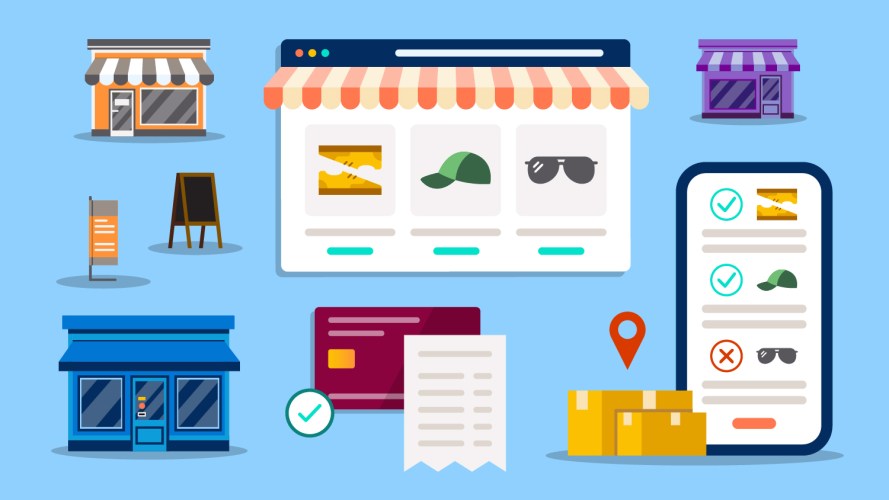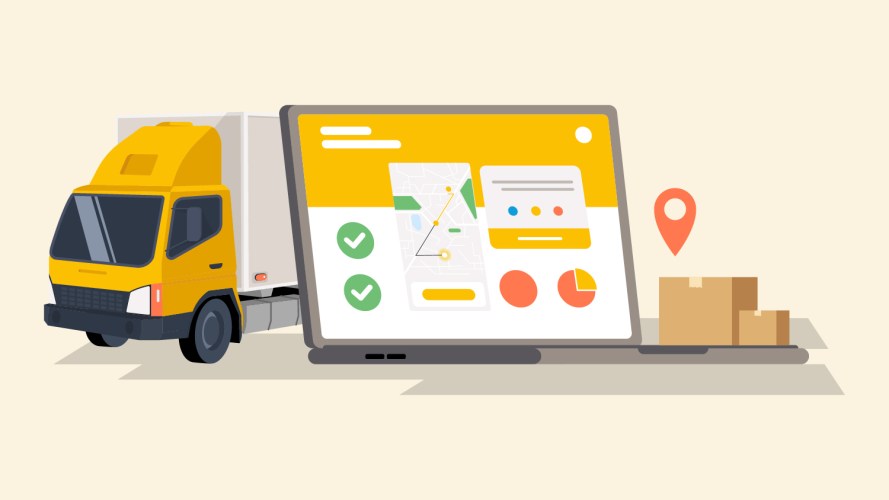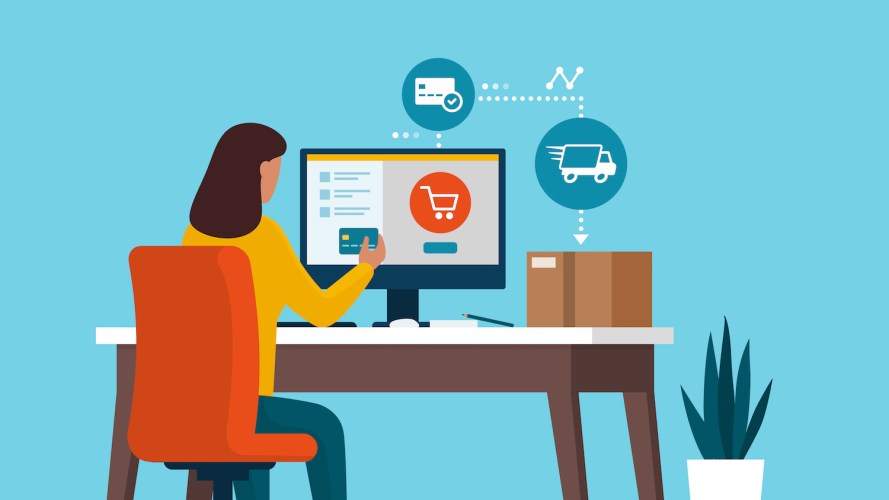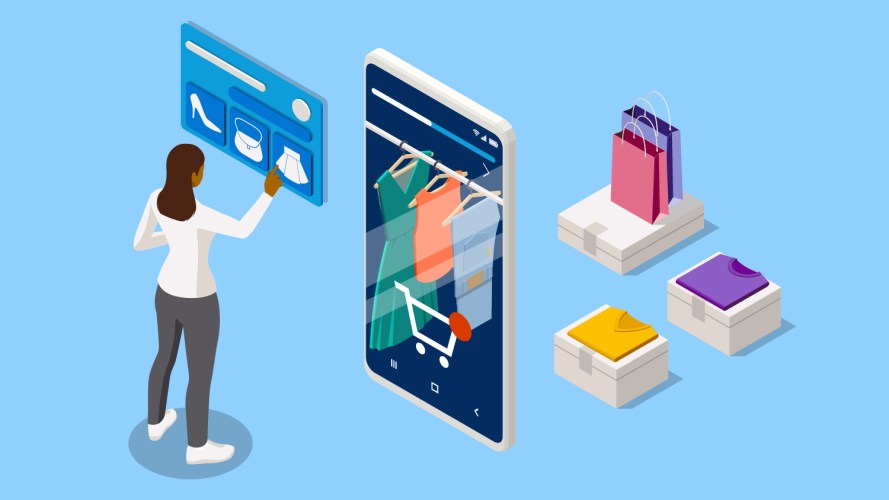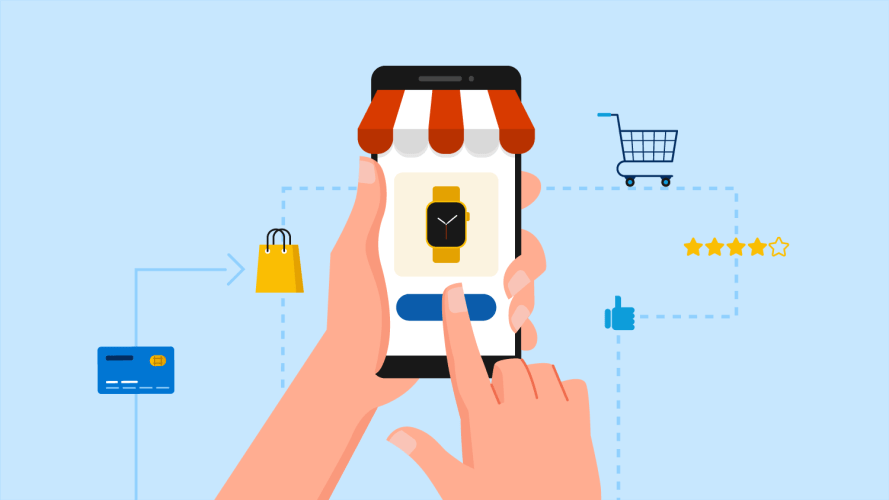Is ecommerce SaaS Right for You?



Salesforce Commerce Cloud offers complete B2C, B2B, and B2B2C ecommerce functionality. We support headless commerce, but also offer low code alternatives.

Andy Peebler
It seems that every CEO wants to move faster and be more flexible in ecommerce. Sometimes, this is a case of being a good, forward-thinking CEO. But often it’s because of technology or tools that hinder speed and agility. These tools are too fragile to handle challenging use cases, or too inflexible and complex to keep up.
Every business put their ecommerce capabilities to the test during the COVID-19 health crisis. Technology needed to handle the sudden surge in volume and demand.
As you pivot to what’s next in commerce coming out of the crisis, there are a few decisions to make. Should you continue with a legacy custom on-premises solution or a cloud-based SaaS ecommerce platform? Or, something between?
To help you find the right solution for your business, let’s assess these options.
On-premises platforms
For years, on-premises solutions were synonymous with ecommerce. These solutions were installed on-site on company-owned servers. They promised innovation and customization — often by adding on hardware. This is how many companies built high-growth digital businesses, but they proved rigid.
Over time, more IT resources needed to support legacy systems. What started as a strength — the ability to customize — became a weakness. Years of one-off customizations made platforms less agile and inflexible. Unfortunately, ecommerce is the last place any company can afford to lose out. Businesses need to meet ever-changing customer expectations, security threats, and regulatory requirements. Ecommerce technology is a significant area of innovation.
Difficult and costly product upgrades were another big challenge with legacy on-premises solutions. Even after investing considerable time, money, and resources, upgrades added little business value.
Cloud-based SaaS ecommerce platforms
In the mid-2000s, cloud-based SaaS ecommerce platforms became available. In the following years, many ecommerce vendors shifted to a cloud strategy. And, new entrants emerged. Cloud-based SaaS ecommerce platforms provide the following:
- Scalability: During the health crisis, shopping behavior changed significantly. SaaS ecommerce platforms make it possible to scale up or down quickly based on business needs and be prepared for the unexpected.
- Flexibility: As more customers engage across owned and third-party platforms, SaaS platforms enable businesses to either build, customize, and innovate with clicks or code across any channel or device.
- Maintenance: Over time, on-premises systems required more time, money, and employee resources. SaaS ecommerce platforms handle much of the back-end infrastructure, from security to updates. Companies stay focused on selling products, not maintenance.
- Updates: SaaS ecommerce platforms regularly update with new features and functions. Updates are seamless, so companies don’t get stuck with outdated technology and systems.
- Security: SaaS ecommerce platforms continually update with the best security features. In fact, many of the world’s largest banks and governments have moved to cloud solutions. They’re actually more secure than hosting data on on-site servers.
What are the drawbacks? In the early days, they usually required functional sacrifices. New SaaS releases rarely had as much functionality. But the gap narrowed — and even disappeared — as SaaS offerings matured.
New entrants to the ecommerce market have also muddied SaaS’s reputation. Too many new vendors meet only the simplest storefront requirements. They may need five, 10, or more web apps to get close to the complex functionality that legacy on-premises solutions originally offered.
Is there a hybrid approach?
Headless commerce, powered by a robust SaaS ecommerce platform is a great strategy. It combines the benefits of scalable, reliable core commerce services with modern web development and experience management tools. Today, some highly scaled ecommerce companies have headless as a part of their commerce architecture. These companies benefit from SaaS ecommerce and still deliver the complex, customized, and innovative customer experiences that they enjoyed from an on-premises solution.
While headless commerce has benefits, approach it with caution. The companies that are most successful are those that have a relatively large and sophisticated team of developers who can take advantage of the flexibility and handle the integration complexity. Companies with fewer IT and developer resources will likely find headless too difficult and expensive.
So what’s the answer?
As you look ahead to what’s next, find a solution that offers the complete functionality you need for your ecommerce strategy.
Look for enough functionality to meet your ecommerce requirements. Find tools that support modern strategies when you need it. Have the option to quickly build and manage experiences without IT and development resources. Power great experiences everywhere — digital marketing, online marketplaces, and in-store interactions for B2C and sales, service, or partners for B2B.
Salesforce Commerce Cloud offers complete B2C, B2B, and B2B2C commerce functionality. We put the customer at the center of everything. To get your commerce experience up and running — fast — discover the Salesforce Commerce Cloud Quick Start.
